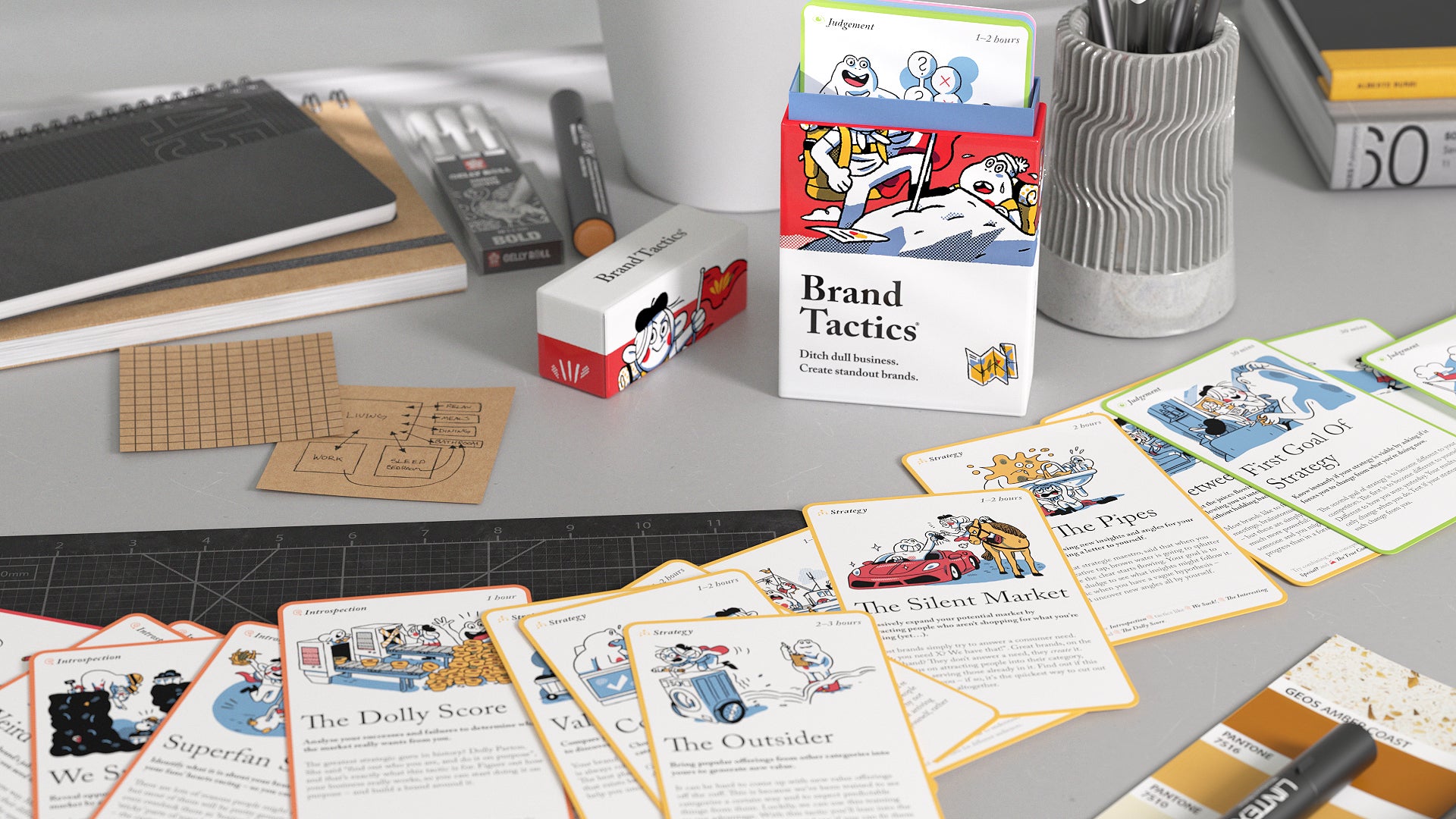In a way the core principle of strategy is that there are no shortcuts.
There are no obvious, off-the-peg, brainless things you can just “do” to get competitive advantage. Everything requires some degree of thought, insight, and risk.
But you know, that may not be strictly true.
Because I do believe there is one pretty easy cheat-code to creating something people want to buy, which may cost a bit of money, but will repay you many times over.
That thing?
Beauty.
Or, if you want to put it into more practical language: simply spend 3x more on design and branding than any of your competitors.
Now understand, this game wouldn’t work in all categories. It wouldn’t work in categories where the standard of aesthetic competition is already ridiculously high, like soft drinks, sports cars, or sneakers.
But most industries aren’t like that. Most industries are boring, ugly, drab things, where there is no beauty or flair to be found. This probably applies to 80% of B2C industries, and 99% of B2B ones.
This means there is indeed an easy idiot-proof way of getting some sort of competitive advantage without any strategic thinking at all (although obviously if you overlay beauty on top of good strategy the results will compound).
Here are three reasons I think this technique works.
I. Beauty stands out
Just ask the peacock: attracting attention ain’t that hard when you look damn good. And for most businesses, attracting attention is half of the battle. More than half even.
This means that even in a sea of undifferentiated commodified offerings, at least you won’t seem commodified. People won’t be able to rationalise why you are different, or why they want you… and yet they do.
A good example of this is the cooler brand Yeti, which I have always lusted after, even though I don’t really have any need for one. Are they any better than the hundreds of other options out there? Not as far as I know. But I want one anyway because they look like this:

Who needs strategy?!
II. You’ll feel expensive
Beautiful, elegant, high-production-value things aren’t cheap to make – so they aren’t cheap to buy either.
If you’re looking for a way to charge more, and improve your profit margins, this is a pretty easy way to do it. It makes you the premium option even if you don’t necessarily deserve that title. People will believe what they feel when looking at you, not the “facts on the page”.
Just look at my client and collaborators, Pip Decks. They charge £150 for what is essentially just a deck of cards. Sure, the value of the content may be way higher, but if the thing looked like a dogs dinner nobody would be listening. Instead however, it looks like this:

This is not a trivial factor in their success.
III. It’s a one-off expense
Look, the obvious reason people don’t do this is because they don’t want to throw money at top level designers and copywriters. It feels like overkill. “Why should I spend £50,000 on this when I could get a perfectly good job done for £5,000?”.
And that’s fair enough – until you consider that this is a multiplier on everything you do from that day forward.
You just have to grit your teeth. Do it once. And if you don’t have good taste (which statistically you probably don’t), trust in the opinion of those who do.
___
At the end of the day, we all know that buying stuff can be a pleasurable experience.
We often get a feeling of elevation, completion, and growth when we hand over our cash for something we really want. It’s totally unjustified of course, and largely short lived. But we get it anyway – and keep on chasing the next hit.
Well, this feeling only really comes from buying beauty. From bringing something into our lives which feels like it makes our existence a bit less drab.
My pitch then is that this shouldn’t just apply to perfume and shoes.
It should apply to everything.
Dentistry.
Legal services.
Locksmiths.
Everything.
Because beauty isn’t zero sum. It rewards everyone.
